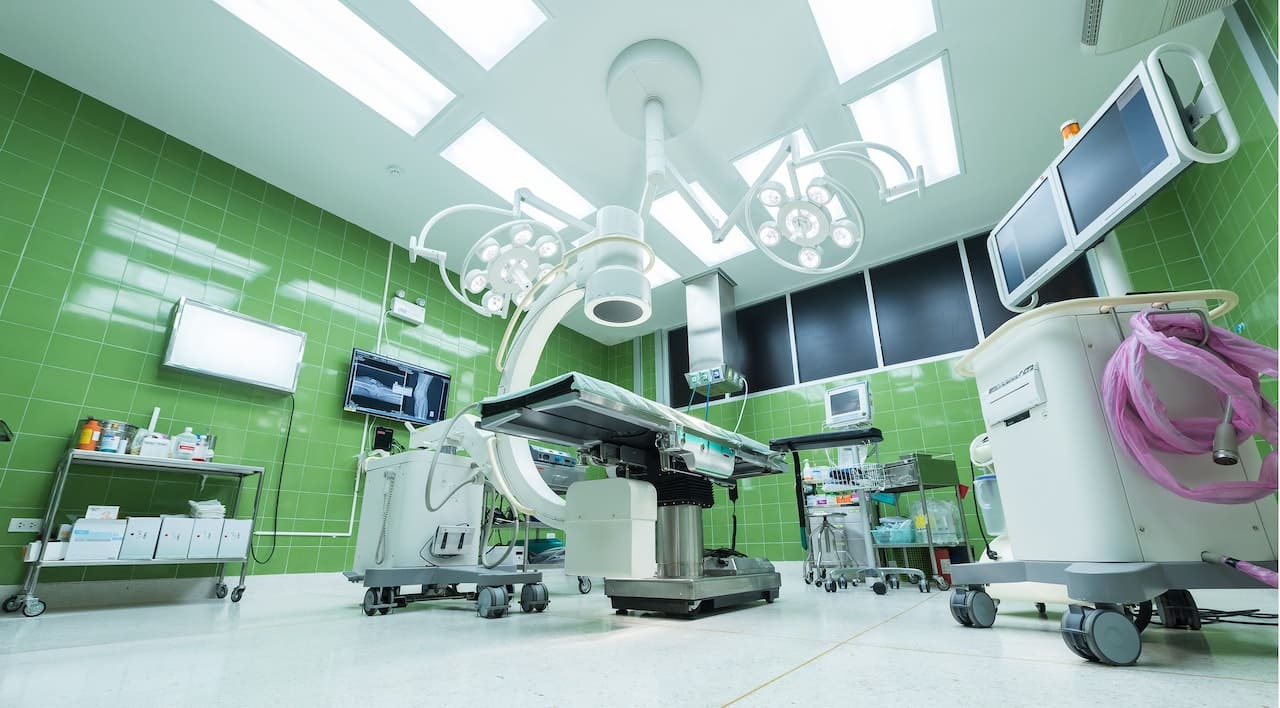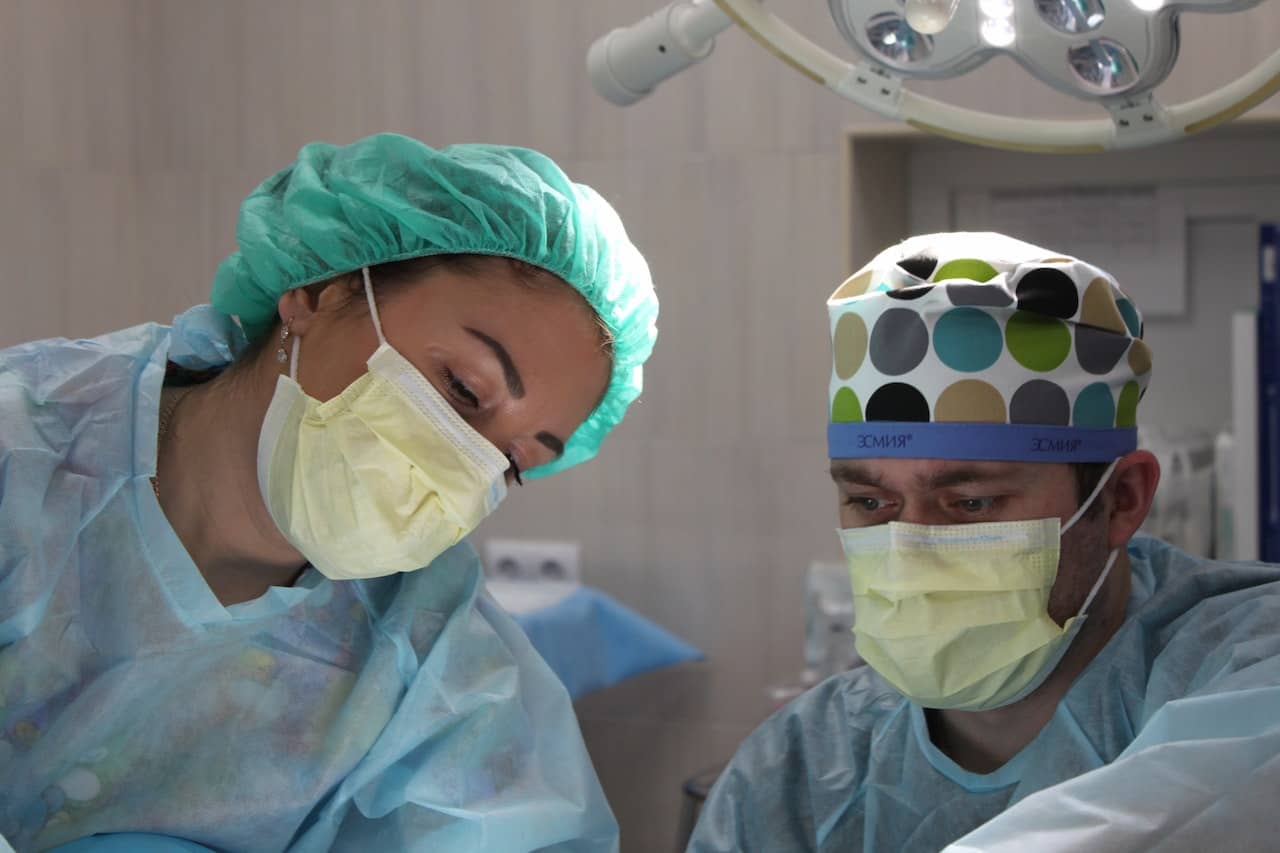Are you tired of feeling like your bank account is being sliced and diced along with your medical expenses? Well, hold onto your scalpel because we’re about to uncover the mystery behind skyrocketing surgery costs. It’s time to take a closer look at the factors driving up those numbers on the billing statement, from hidden fees to soaring pharmaceutical prices. So grab a seat in our operating room as we dissect this complex issue and reveal how it affects us all. Get ready for an eye-opening journey into the world of surgical finance – prepare to be amazed, informed, and quite possibly outraged.
Advanced Medical Technology
One of the primary drivers of surgical costs is the use of advanced medical technology. Modern surgical procedures often require state-of-the-art equipment, such as robotic systems, precision tools, and advanced imaging technology. These tools not only enhance the precision and success of surgeries but also demand significant investments, which are reflected in the final bill.

Operating Room Costs
You don’t need to have the best medical billing software to comprehend the fact that the physical space and resources required for a surgical procedure are substantial. Operating rooms need to be sterile and equipped with specialized tools and technology. Maintaining this environment, including the cost of sterilization, disposable supplies, and maintaining equipment, adds to the overall cost of surgery.
Administrative Costs
Healthcare facilities incur significant administrative costs to manage patient records, insurance claims, billing, and compliance with regulatory requirements. This administrative burden requires a large workforce, including billing specialists, coders, and compliance officers, all of whom contribute to the costs passed on to patients.

Highly Skilled Healthcare Professionals
The expertise and skill of the surgical team significantly impact the cost of surgery. Surgeons, anesthesiologists, nurses, and support staff undergo extensive education and training to perform complex procedures. The years of education, training, and experience these professionals accumulate necessitate competitive compensation packages, which contribute to the overall cost of surgery.
Regulatory Compliance and Malpractice Insurance
The healthcare industry is highly regulated, and compliance with these regulations is a costly endeavor. Hospitals and surgical centers must adhere to a multitude of legal and safety requirements, including healthcare standards, privacy laws, and quality assurance protocols. Additionally, healthcare providers must carry malpractice insurance, which comes with high premiums due to the risks associated with surgical procedures.
Supply and Medication Costs
Surgical procedures rely on a variety of medical supplies and medications, some of which can be expensive. Implants, prosthetics, and specialized drugs are often necessary for surgeries and are a significant cost driver. The cost of acquiring, storing, and disposing of these items can be substantial.

Pre-Operative and Post-Operative Care
Surgery is not just about the time spent in the operating room. It includes pre-operative evaluations, diagnostic tests, post-operative care, and recovery. These phases involve the expertise of various healthcare professionals, diagnostic equipment, and follow-up visits. Each of these elements contributes to the overall cost of the surgical experience.
The high cost of surgery is a multifaceted issue, with various factors driving up expenses for patients and healthcare providers. The use of advanced medical technology, skilled healthcare professionals, and the cost of maintaining sterile operating rooms are just a few of the contributors. Addressing the cost of surgery is a complex challenge, and it requires a comprehensive approach that involves both healthcare providers and policymakers.

